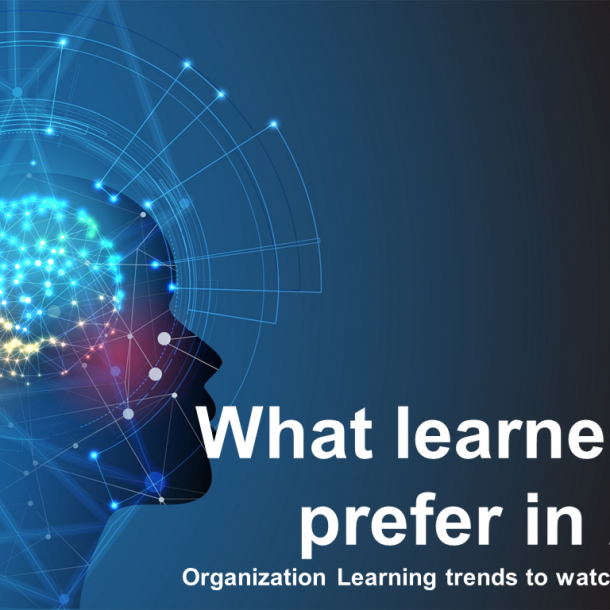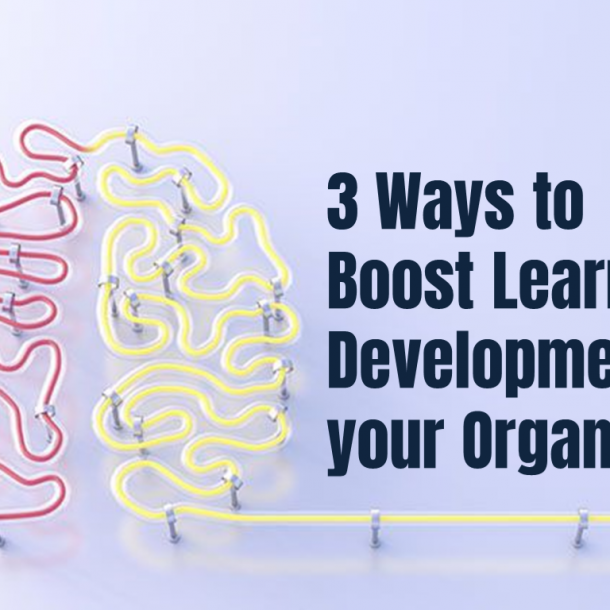
The nature and level of competition at workplace today have changed. Both organizations and employees are looking for competitive advantages and learning and development is capable of nurturing it.
Most organizations are looking at investing wisely to build a future ready workforce but how ready are the employees? Are the learning and development programs attractive enough for the employees to find value?
Making sure that participants are engaged with learning is fundamental to training. Yet it’s often one of the most challenging aspects to achieve.
That’s always been the case. Attendance, behavior, discipline – factors like these have been part of classroom training dynamics since the origin of L&D.
What is new? The impact of the digital age. The contemporary learner is used to multiple streams of information and activity. Living in a world of tweets and vines, they have short attention spans, and expect content to be rich, stimulating and multilayered.
As someone facilitating L&D in an organisation, you could see your role as competing with the challenges to engagement that this world brings, and succeeding in spite of them.
On one hand it is encouraging to see the changing terrain of learning and development and yet at the same time it has made a lot of us apprehensive about the effectiveness.
Therefore, a lot of organizations are re-evaluating how learners learn, to come up with employee development strategies that will help create a workforce who have the right skills to help the business grow and sustain.
Customized curriculum, focused intervention, everything is being tried at this stage to ensure that employees are just not engaged but are showing improvement in performance.
Employees have access to plethora of information. Webinars, e-learning module, simulations, games, video based learning, and the list is endless. While a variety of learning platforms and mediums gives flexibility to learners, two questions that are worth thinking are:
- How many employees are really active learners?
- Are we engaging enough to create more active learners?
To understand this, let us first identify what is active learning
What is active learning?
- It is an extremely collaborative process where the program manager, the learning need requesting team, business or manager, the learning consultant and facilitator collaborates with the learner to build a learning journey
- The learner is the focal point in active learning
- Active learning does not restrict a learner to a ‘standard definition’ but enables the learner to view things from more than one perspective to come to an agreed upon understanding
- Active learning allows a learner to wear different hats
- It includes, learning, application, evaluation and feedback
How can we encourage active learning skills?
Building the right mind-set among learners where they look forward to a learning program is a critical phase in building active learning skills among employees.
Here are 6 things to keep in mind if you want to create a learning and development initiative for your organization next time and want to attract more active learners:
- Does your learning and development intervention or initiative tell a story?
Build a brand for your learning and development initiative or program through a campaign. Treat it like a product internally and your employees as the end customers. A good campaign creates a strong sense of affiliation among employees and the interest rate in learning and participation rate goes up subsequently
- Are your programs helping your employees solve a problem?
Challenge the status quo of your employees. Help your employees recognize the impact of a skill on their day to day job. For example, how is it impacting their interaction with stakeholders? How is it impacting their ability to be solution oriented or be creative?
- Does your learning and development initiative compare an old and familiar trend to new and exciting one?
It is natural for us to be curious about something new, different or unpredictable. Help your employees understand the redefined standards of working that they can contribute to. Help them clearly see what the older ways meant and what possibilities they can create for themselves
- Do people feel recognized?
Use social media platforms to congratulate people on having completed the programs or tag people who have been a part of these programs. Recognition, especially in social platforms goes a long way in boosting employee morale
- Is learning happening in isolation or are you creating a journey?
The flipped classroom is a fairly new term in the learning and edtech industry. Lessons are ‘flipped;’ meaning that most of the work like reading and research are all done outside the session. This goes in contrast to the traditional approach.
This technique enables you create a learning journey for your learners.
Flipping a classroom leaves more time for the facilitator to implement active learning methods during class time. This concept works on making efficient use of class time with less (or no) lectures, and more time for activities.
This technique also helps you in building interest before any classroom or virtual session and reinforce the learning continuously.
Emphasize your learning partners to design the curriculum in a way that uses this technique to make an interesting journey for your learners.
- Is the learning material user friendly?
Given the different kind of learners we are dealing with it is imperative that the right kind and right amount of resources are provided in an easily accessible way. Learning is a process, and people cannot absorb and remember complicated information in a short amount of time. They will learn fast and forget even faster.
While the business goals and strategies largely determine the kind of workforce your organization nee
The idea is to continuously re-invent the way you are approaching your learners. What are some of the ways that you have adapted in the past few months and have found it extremely rewarding?
Author: Sumitra Paul Chatterjee
Associate Director
I Train Consultants India Pvt. Ltd.
Subscribe To Our Newsletter
Be part of our community and receive updates, best offers and freebies directly in your inbox.
Contoole
With over 15 years of experience and having catered to the learning needs of over 400+; we are committed to giving more Power to the Learners…
© 2022 Contoole.com. All Rights Reserved.

